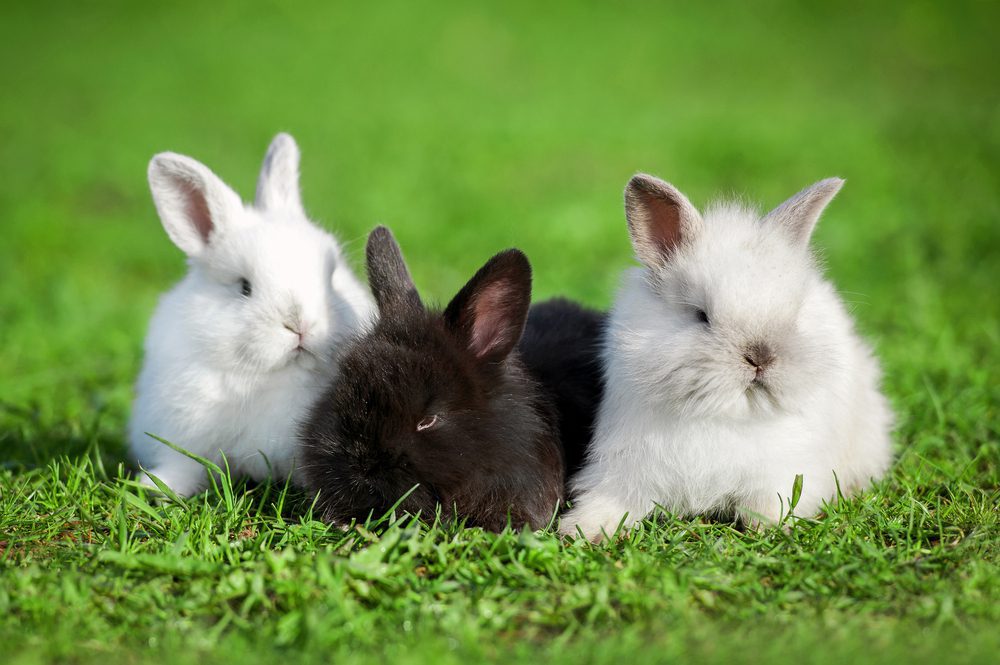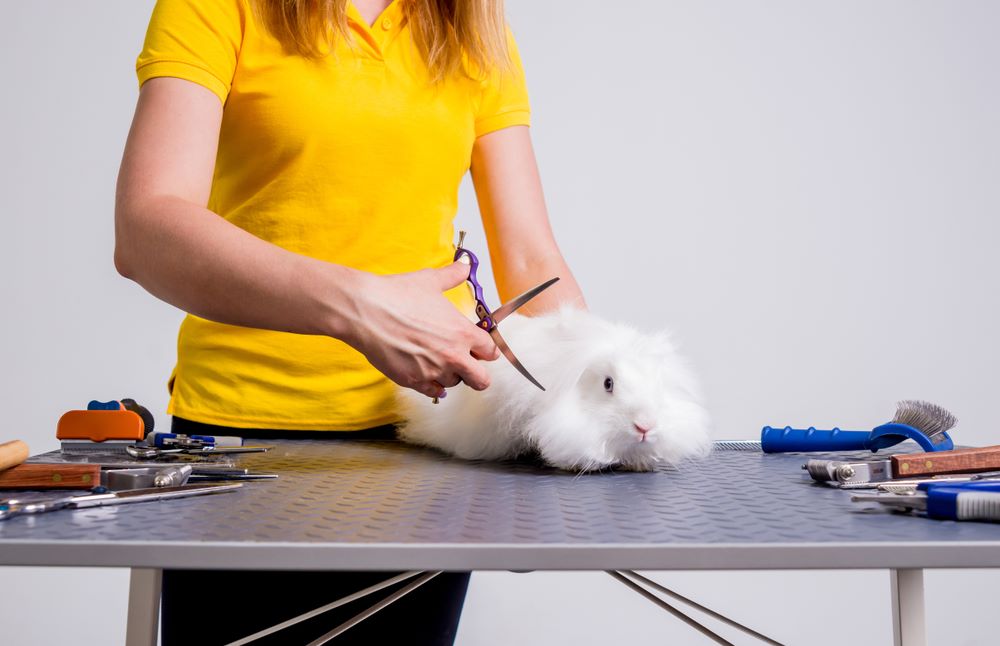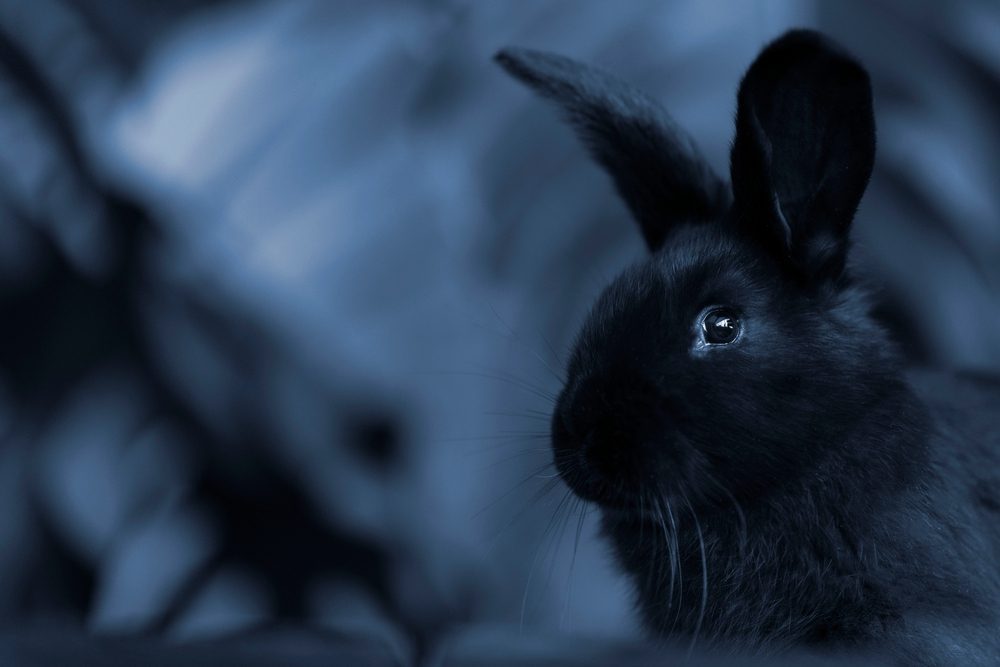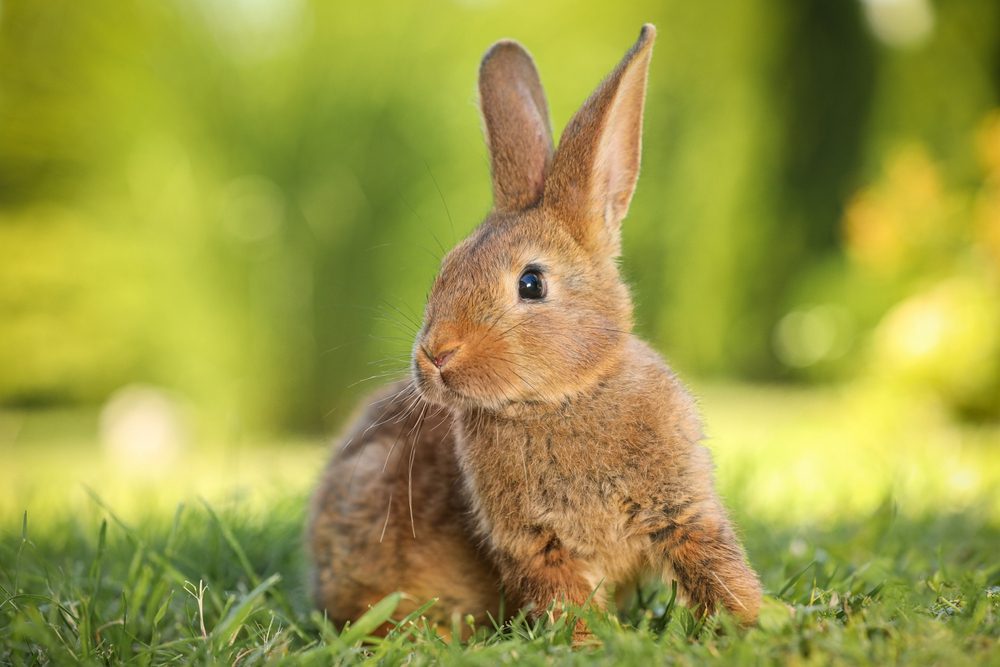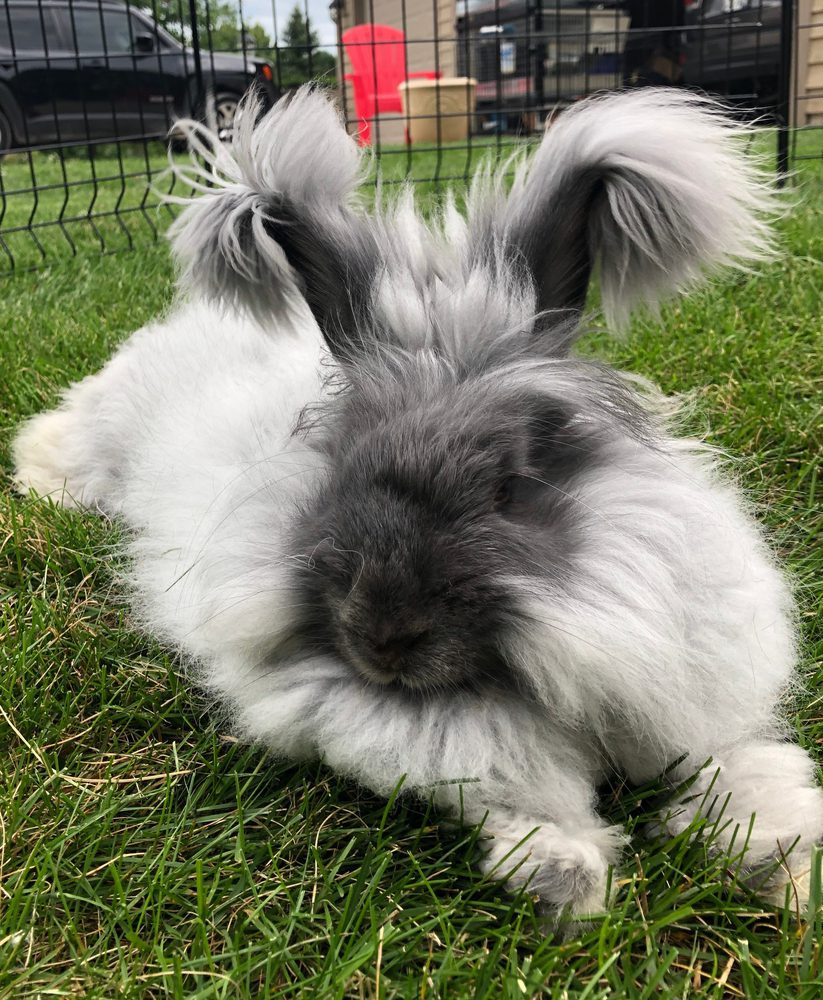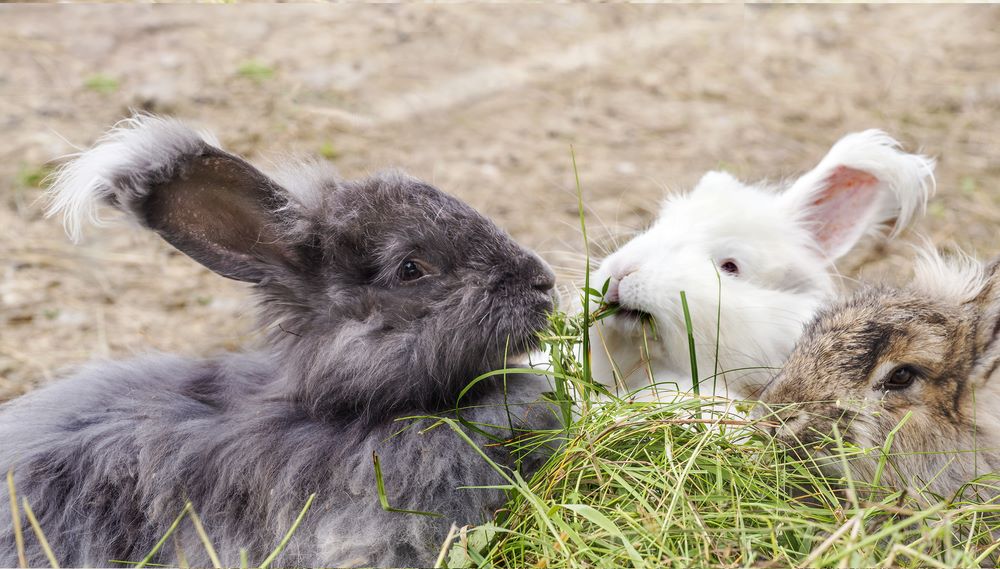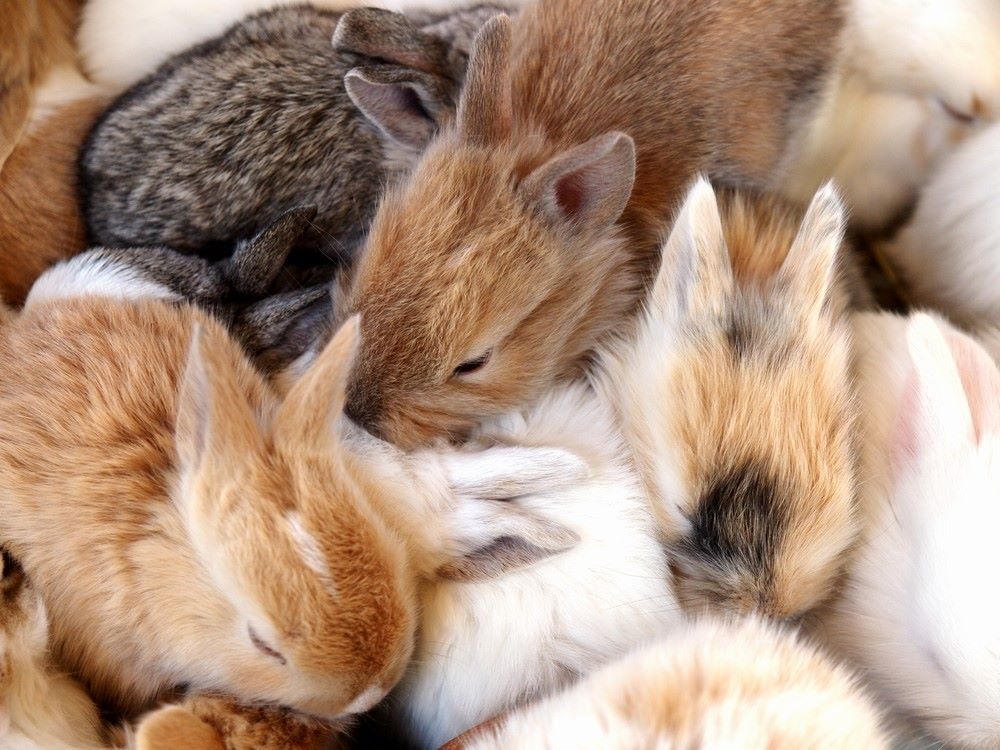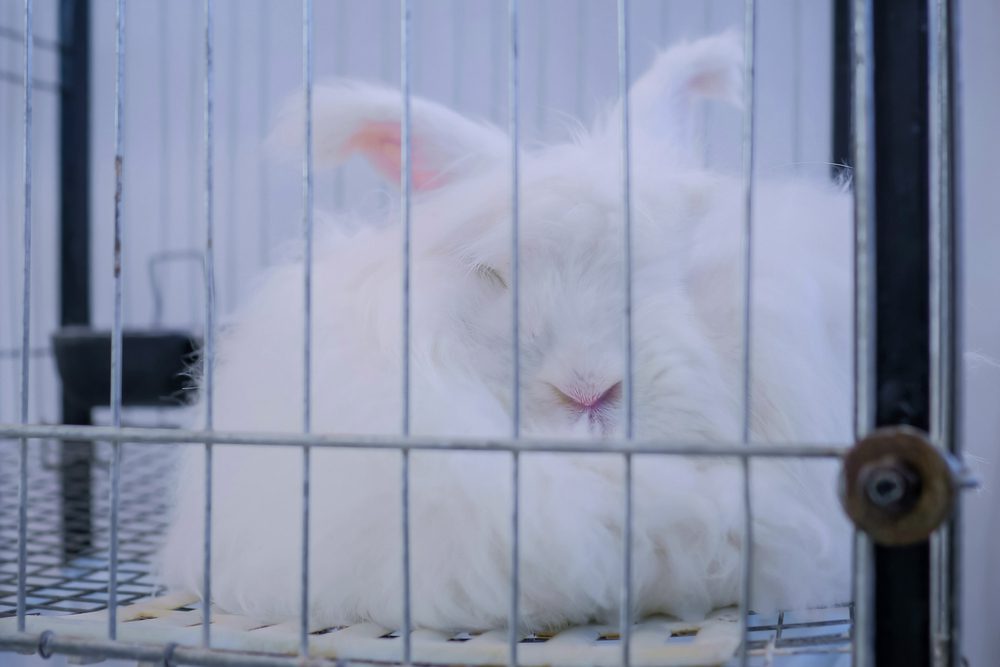Breeding Angora Rabbits: Expert Guide
Have you ever seen an Angora rabbit? These fluffy creatures are not just adorable but also amazing animals to breed. Imagine having a bunch of these soft, cuddly bunnies hopping around!
Breeding Angora rabbits isn’t just fun; it can also be a great way to learn about responsibility and earn some pocket money. This guide will walk you through everything you need about these special rabbits. From the different types of Angora rabbits to how to care for them, we’ve got you covered. We will also discuss keeping them healthy and happy and making the most of their beautiful wool.
Whether you’re a rabbit lover or just curious about these fuzzy friends, you’re in for an exciting journey into Angora rabbit breeding!
Understanding Angora Rabbit Varieties
Angora rabbits are unique, each with their style and personality. You should know about five primary types: English, French, German, Satin, and Giant. Let’s meet each one!
English Angora: The Fluffy Ball
The English Angora looks like a fluffy ball of wool with ears! They are small and have fur all over their ears and faces. Their fur feels super soft, like the coziest blanket you’ve ever touched. English Angoras love gentle care and are perfect for those who enjoy grooming and cuddling.
French Angora: The Easy-Going Buddy
French Angoras are the laid-back buddies of the group. They have less wool on their face and ears, making them look like wise old rabbits. Their fur is slightly less fluffy than English but still incredibly soft. If you’re starting with Angora rabbits, the French type is an excellent choice because they’re easy to care for.
German Angora: The Wool Factory
The German Angora is a wool-making superstar! They have a dense coat that produces a lot of wool. The German Angora is your go-to buddy if you want to collect rabbit wool. They’re larger and need regular grooming, but their wool is beautiful and warm.
Satin Angora: The Shiny Star
Satin Angoras are known for their unique, shiny wool. Their fur has a silky texture and beautiful sheen, making it stand out. They are medium-sized and not as fluffy as other Angoras, but their wool is highly valued for its glossiness and fine quality. The Satin Angora could be your ideal rabbit if you’re into crafting or wool production.
Giant Angora: The Gentle Giant
As their name suggests, Giant Angoras are big! They’re the largest among the Angora breeds. Despite their size, they are gentle and calm. They have a majestic look with a thick, woolly coat. If you have space and love big, fluffy animals, the Giant Angora will be your best friend.
Essential Requirements for Breeding Angora Rabbits
1. Creating a Cozy Home for Your Bunnies
Angora rabbits need a safe and comfortable place to live. This means a clean, spacious hutch where they can move around, rest, and play. Make sure it’s safe from predators and harsh weather. Inside, they need soft bedding, like hay or straw, to snuggle into.
2. Feeding Your Fluffy Friends
What do Angora rabbits eat? They love fresh hay, which should be most of their diet. It keeps their digestion healthy and their teeth in good shape. You can also give them rabbit pellets for extra nutrients. Don’t forget fresh water every day, and sometimes, as a treat, fresh vegetables like carrots or lettuce.
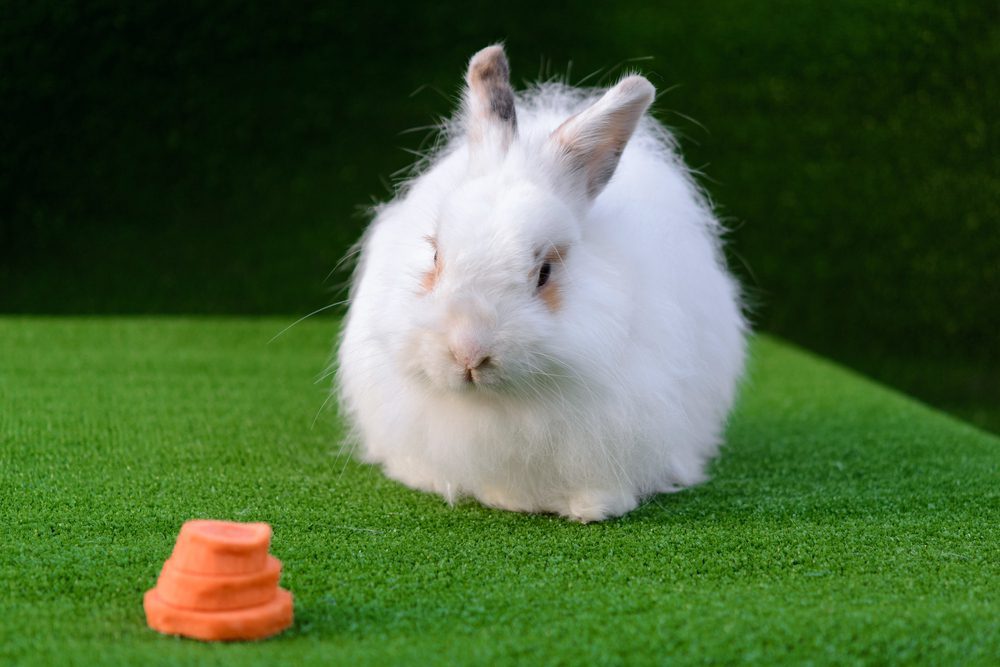
3. Exercise and Fun
Angora rabbits are lively and love to play. Give them space to hop and explore. You can put toys in their hutch, like tunnels or balls. This keeps them happy and healthy. Remember, exercise is not just fun; it’s vital for their health.
4. Keeping Them Company
Rabbits are social animals. They enjoy having a friend. If you’re considering breeding, having more than one is good. They keep each other company, and watching them play and interact is fun.
5. Regular Grooming is Key
Grooming is super important, especially for Angora rabbits with their long fur. Brush them regularly to prevent their fur from tangling or matting. This also helps to avoid health issues like wool block, where they ingest too much fur.
6. Health Checks and Vet Visits
Keep an eye on your rabbit’s health. Regular check-ups with a vet are important. They need vaccinations and sometimes treatment for common rabbit issues like parasites. A healthy rabbit is a happy rabbit!
Breeding Basics: A Step-by-Step Guide for Angora Rabbits
1. Choosing the Perfect Pair
When breeding Angora rabbits, the first step is picking the right pair. Look for healthy, energetic rabbits with a friendly personality. It’s important to choose rabbits that are not related to keep their babies healthy. Also, ensure they are old enough – usually around 6 to 8 months.
2. Understanding Rabbit Breeding Cycles
Rabbits have their breeding schedule. Female rabbits, called does, can be ready to mate several times a year. It’s important to know when your doe is prepared. She might act differently, like being more active or playful. This is the best time to introduce her to the male rabbit, known as the buck.
3. The Mating Process
When your doe is ready, put her in the buck’s cage. Watch them for a little while to make sure they get along. Mating usually happens quickly. Afterward, take the doe back to her cage. It’s good to note the date of mating so you can expect when the babies will come, usually after 30 days.
4. Caring for the Pregnant Doe
Pregnant does need extra care. They should eat more food, especially ones rich in nutrients. Make sure they have a calm, comfortable place to rest. You can also prepare a nesting box where the doe can have her babies. It should be warm and filled with soft materials like hay or shredded paper.
5. The Big Day: Birth of the Kits
Rabbit births usually happen at night or in the early morning. The doe will take care of everything, but you should ensure the kits (baby rabbits) are healthy, and the mom is doing okay. The kits will be very tiny and without fur at first. Make sure they stay warm, and the mother is feeding them.
Birth and Care of Angora Kits
Preparing for the Big Moment
The arrival of Angora rabbit kits (baby rabbits) is exciting and nerve-wracking. Before the kits arrive, ensure the mother, known as the doe, has a quiet, cozy spot for birthing. Set up a nesting box in her cage a few days before the expected birth date. Line it with soft hay or straw to warm and comfort the newborns.
Welcoming the Kits into the World
Rabbit births usually happen quietly and quickly, often at night. The doe will do most of the work, but checking on her and the kits after the birth is important. The newborn kits will be tiny and hairless, and their eyes will be closed. Count them and gently remove any that didn’t survive, as this is a natural occurrence.
Caring for Newborn Kits
The kits will depend entirely on their mother for the first few weeks. She will feed them milk and keep them warm. You might not see her feed them often, but that’s normal for rabbits. Make sure the doe has plenty of food and water, as she needs extra nutrition to feed her babies.
Keeping the Kits Safe and Warm
Since kits are born without fur, they can’t keep themselves warm. The mother and the nest you prepared will help, but you should also keep the room temperature stable and warm. Avoid handling the kits too much in the first few weeks, as they are fragile and need to bond with their mother.
Monitoring Growth and Health
Watch how the kits grow. They should develop fur within a week and open their eyes after 10 days. If you notice any kits are smaller or not as active, they might need extra care. Sometimes, you may need to feed them with a particular kitten milk replacer, but this is rare.
Grooming and Wool Management for Angora Rabbits
Grooming is essential for Angora rabbits. Their long, fluffy wool can get tangled or matted if not cared for properly. Regular grooming keeps them comfortable and prevents health problems.
Step-by-Step Grooming Guide
- Brush Regularly: Use a soft brush to comb their wool gently. This should be done several times a week.
- Avoid Mats: If you find any tangled areas, carefully untangle them with your fingers or a comb.
- Trimming Nails: Don’t forget your nails! They need to be trimmed regularly to avoid overgrowth.
- Clean Ears and Eyes: Gently clean their ears and around their eyes to prevent any buildup or infection.
Harvesting Wool: Timing and Methods
- When to Harvest: The wool of Angora rabbits grows fast. You can harvest it every three to four months.
- Safe Shearing: Use special scissors or shearing tools designed for rabbits. Be gentle to avoid hurting the rabbit.
- Collecting the Wool: After shearing, collect the wool carefully. You can spin it into yarn or use it for other crafts.
Keeping Wool Quality High
- Healthy Diet: A good diet ensures soft, quality wool. Ensure your rabbit gets plenty of hay, fresh water, and nutritious food.
- Stress-Free Environment: Keep your rabbits in a calm environment. Stress can affect the quality of their wool.
Health and Veterinary Care for Angora Rabbits
The health of your Angora rabbits is super important. Healthy rabbits are happy rabbits, making breeding and caring for them a joy. Let’s look at how you can keep them in tip-top shape.
Common Health Issues in Angora Rabbits
- Wool Block: This happens when rabbits swallow too much fur. Regular grooming helps prevent it.
- Dental Problems: Their teeth keep growing, so a diet with lots of hay helps wear them down naturally.
- Ear Mites and Parasites: Check their ears regularly for signs of mites and keep their living space clean to avoid parasites.
Preventative Care and Vaccinations
- Regular Check-Ups: Take your rabbits for check-ups at the vet. They can catch problems early and keep your rabbits healthy.
- Vaccinations: Rabbits need vaccinations against common diseases. Your vet can tell you which ones are needed.
When to Consult a Veterinarian
- Changes in Behavior: If your rabbit is less active, eating less, or showing other unusual behaviors, it’s time for a vet visit.
- Visible Health Issues: Things like runny eyes, dirty ears, or changes in their droppings are signs they need a vet.

Ethical Breeding Practices for Angora Rabbits
Breeding Angora rabbits isn’t just about having cute baby bunnies. It’s a big responsibility. Doing it ethically means ensuring you’re always thinking about the health and happiness of your rabbits.
Avoiding Overbreeding
- Plan Breeding Carefully: Only breed your rabbits when ready to care for all the babies.
- Give Moms a Break: After a doe has babies, she needs rest before breeding again.
- Healthy Parents, Healthy Babies: Make sure both mom and dad are healthy before breeding.
Maintaining Genetic Diversity
- Mixing Bloodlines: Don’t breed rabbits that are closely related. This keeps the babies healthy.
- Research Bloodlines: Know the history of your rabbits to avoid genetic health problems.
Ensuring the Welfare of All Rabbits
- Proper Care: Every rabbit, whether they’re breeding or not, deserves a clean, safe home and lots of love.
- Good Homes for Babies: If you plan to sell or give away the babies, ensure they go to loving, responsible homes.
Marketing and Selling Angora Rabbits
Before you start selling Angora rabbits, knowing who might want to buy them is important. Some people might want a fluffy pet, while others might be interested in their wool for crafts. Research and understand your local market to see who might be interested in your rabbits.
Tips for Marketing and Selling
- Use Social Media: Platforms like Instagram and Facebook are great for showing off your adorable bunnies. Share cute photos and stories about them.
- Join Rabbit Communities: Online forums and local clubs can help you connect with potential buyers.
- Be Honest: Always tell the truth about your rabbits’ health and temperament. Trust is important.
Legal Considerations and Ethical Selling
- Know the Laws: Some places have rules about selling animals. Make sure you know and follow them.
- Health Certificates: It’s a good idea to provide health certificates from a vet for each rabbit you sell.
- After-Sale Support: Be available to answer questions from people who buy your rabbits. Good support can lead to more sales in the future.
Conclusion
The world of Angora rabbits is a world filled with fluff, love, and endless possibilities. This guide covers a lot, from understanding the different Angora rabbit varieties to the responsible and ethical aspects of breeding and caring for these adorable creatures.
By learning about each Angora type and their unique traits, you can choose the perfect bunny companion to bring into your life. We’ve walked you through the essential requirements for their care, from creating a cozy home to ensuring their health and happiness. Breeding and caring for Angora rabbits is a rewarding journey that requires dedication and knowledge.
We’ve also touched on the joys of harvesting their luxurious wool and crafting beautiful creations, all while nurturing a special bond with your furry family members. Raising Angora rabbits is not just a hobby; it’s an enriching experience that offers companionship, creativity, learning, and warmth.
Now, it’s your turn to take action. If you’re already a rabbit owner, apply what you’ve learned to enhance the well-being of your fluffy friends. If you’re considering raising Angora rabbits, take the first step and start your adventure in responsible breeding and loving care.
Remember, the key to a happy and fulfilling journey with Angora rabbits is love, patience, and commitment. So, go ahead and embark on this fluffy adventure, and may it bring you endless joy, soft woolly treasures, and a deeper connection to the natural world.
FAQs
When is the right time to breed Angora rabbits?
Angora rabbits can typically be bred at around 6 to 8 months of age, but it’s essential to consider their health and readiness.
How do I choose the best pair for breeding Angora rabbits?
Choose healthy, unrelated rabbits with good temperaments for the best breeding results.
What should I look for to know when my female Angora rabbit is ready to mate?
Female Angora rabbits, known as does, may become more active and playful when they are ready to mate.
How long is the gestation period for Angora rabbits?
The gestation period for Angora rabbits is approximately 30-33 days.
What care does a pregnant doe need during the breeding process?
Pregnant does require extra nutrition, a calm environment, and a warm nesting box for the impending birth.

